
Another way to improve your wellbeing and make yourself safer behind the wheel is to establish a basic exercise routine. Commercial drivers typically don't exercise enough due to the nature of their work (sitting for hours on end).
Only 51% of all adults are active for at least 30 minutes 5+ days a week. This means that around half of the adult in NZ are not physically active for 30 minutes a day.
The benefits of incorporating just 30 minutes of activity into your daily routine are life changing. You will feel better, have more energy, have better moods, reduce your risk of dementia, lose weight and improve your self esteem. To read more about the benefits CLICK HERE.
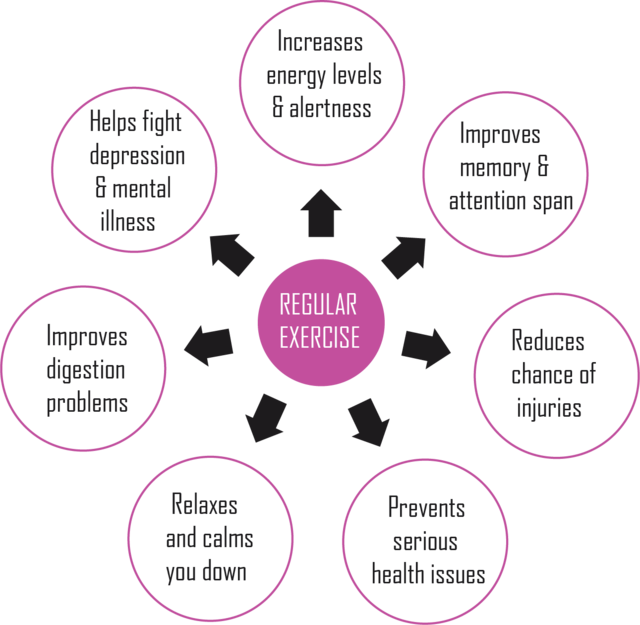


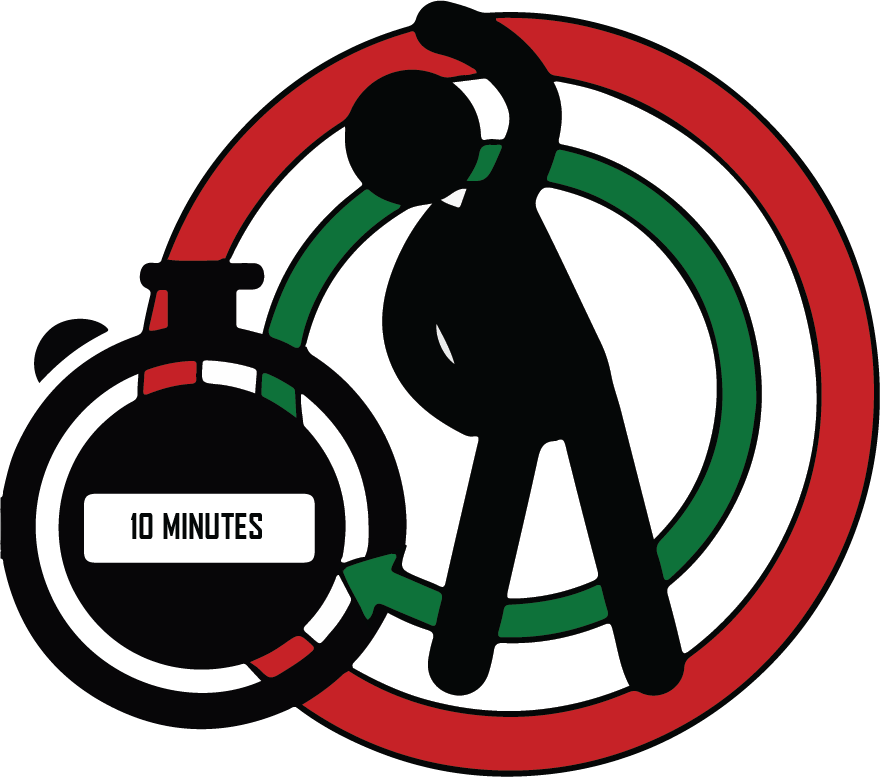
The mood benefits of just 10 minutes of exercise can last for 6 hours.
Make it your goal to use the resistance band each time you have a break between driving and try these simple exercises:

- Stand on one end of the band, hold the other end in one hand.
-
Start with your arm straight, down by your side
-
Slowly bend your arm at the elbow and curl upwards with your palm facing you
-
Hold the curl for 3 seconds
-
Slowly lower your arm back down to your side.
-
If you want the stretch to be harder, shorten the band for more resistance.
-
Repeat 10 times on each side
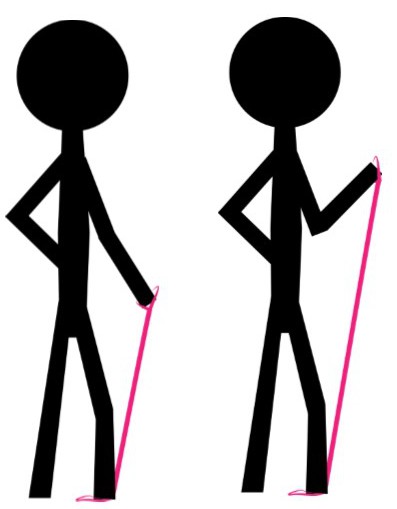

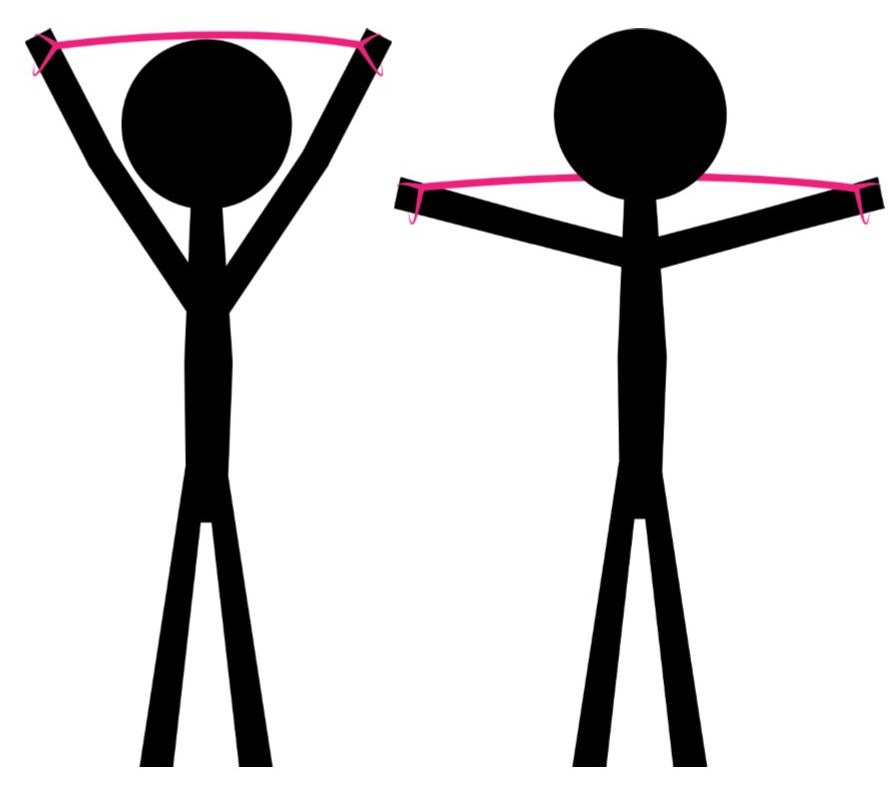
-
Hold one end of the band in each hand
-
Raise arms above your head, keeping them straight
-
Slowly drop your arms down until they are parallel with the floor
-
Keep the band behind your neck when lowering
-
Hold for 5 seconds
-
Slowly raise arms back up over your head
-
Repeat 10 times

-
Hold one end of the band in each hand.
-
Stand on the band with both feet, shoulder width apart.
-
Keeping your back straight, squat to a seated position.
-
Slowly rise back up and raise arms above your head.
-
Hold for 5 seconds.
-
Repeat 10 times as needed.
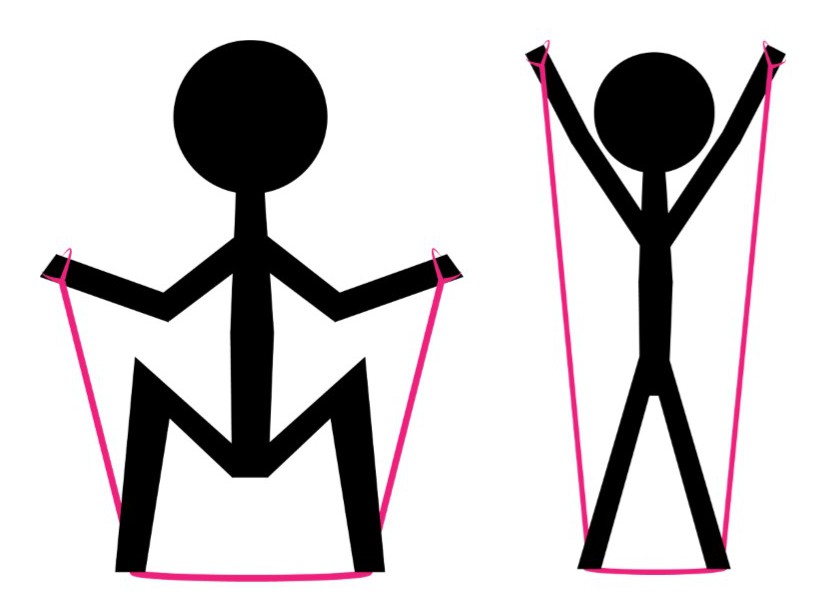

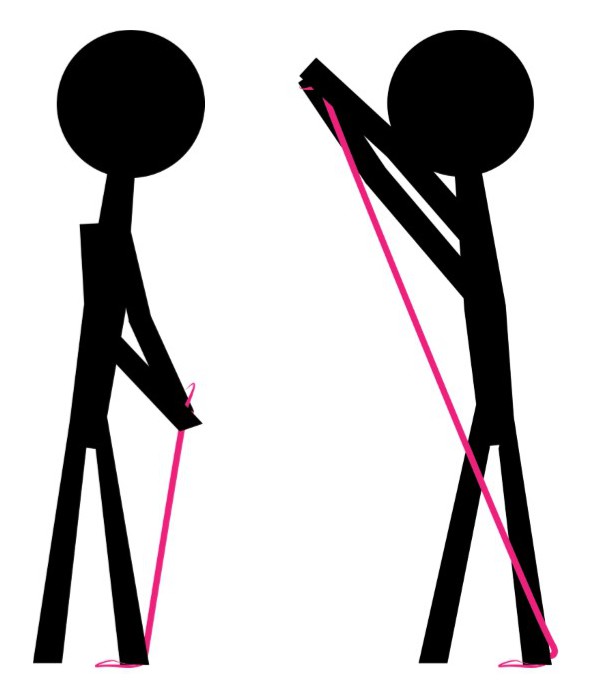
-
Stand on one end of the band with your left foot
-
Hold the other end of the band with both hands on your left side
-
Pull the band upwards across your body towards your right side, gently twisting through the core.
-
Hold up for 3 seconds.
-
Lower your arms back down to your left side
-
Repeat 10 times on that side
-
Repeat with the right foot and pulling up towards the left side
-
Shorten the band to increase resistance and make the stretch harder.

-
Hold one end of the band in your left hand.
-
Stand on the other end of the band with your left foot.
-
Keep your arm straight at all times.
-
Start with your arm down by your left side.
-
Slowly raise the arm up until it is parallel to the floor.
-
Hold this for 3 seconds.
-
Repeat 10 times on each side.
-
Switch arms and repeat, standing on the band with your right foot and holding the other end in your right hand.
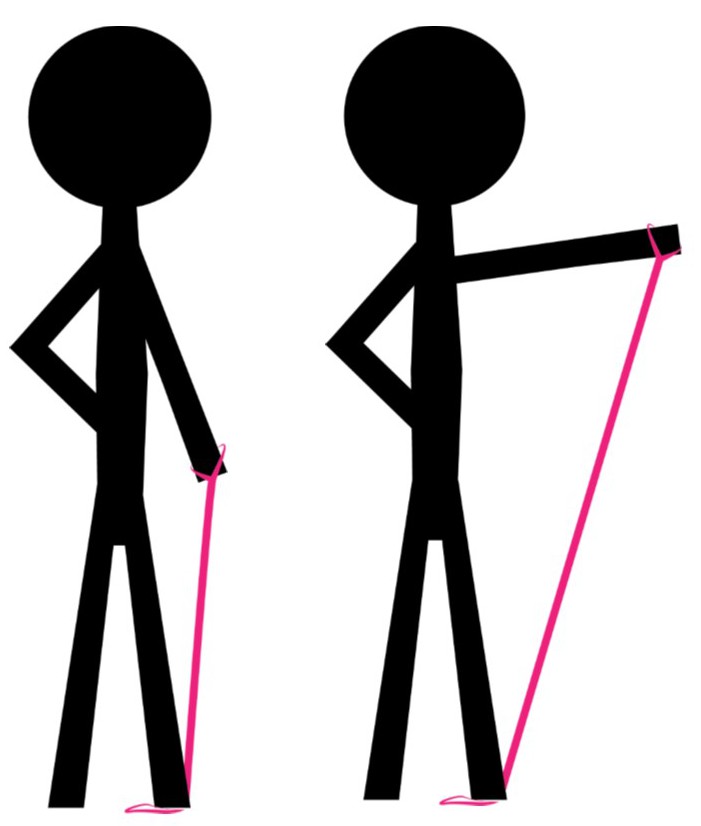

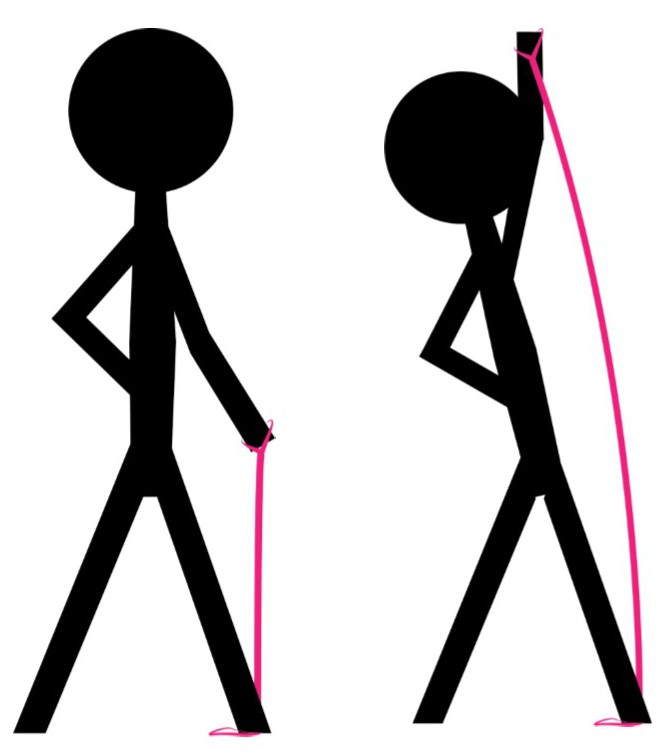
-
Hold one end of the band in your left hand.
-
Stand on the other end with your left foot.
-
Feet shoulder width apart.
-
Raise left arm up above your head.
-
Bend slightly at the hips and gently lean over to the right side until you feel a good stretch.
-
Hold for as long as feels comfortable
-
Repeat on the other side
NOTES:

If you are suffering from muscle or back pain, check with your GP or physio for exercises specific for you.

Always engage your core when doing these stretches and breathe consistently through the exercise.

Do not rush the stretch, they need to be done slowly and held for the recommended time to be effective.

Shortening the resistance band will make the exercise hard and lengthening it will make it easier.

Aim for the recommended number of repetitions, or just do as many that feels comfortable.

Build cardio activity into your routine to increase your heart rate.
Musculoskeletal injuries are common for truck drivers. The hours you spend sitting in the cab can take a toll on your body.

- Lose weight if needed -the more overweight you are the more strain this puts on your joints and back
- Use a lower back support when driving
- Regularly take breaks and use the resistance bands for stretching to increase your flexibility
- Make sure your seat is adjusted correctly and comfortable, consider upgrading it
- Don't smoke - nicotine decreases blood flow to your back. Back injuries will occur more often and take
longer to heal if you are a smoker - Manage stress - low mood, anxiety and stress can all increase muscle tension and back pain
- Try natural approaches to reduce pain - yoga, sports massage, acupuncture, physiotherapy
- Take extra care when lifting anything heavy - use your legs
7. TRAINING AND QUALIFICATIONS - CLICK HERE
The final chapter is about improving on your skills, knowledge and driving efficiency. It is never too late to take a course, check out what options are available to you.






